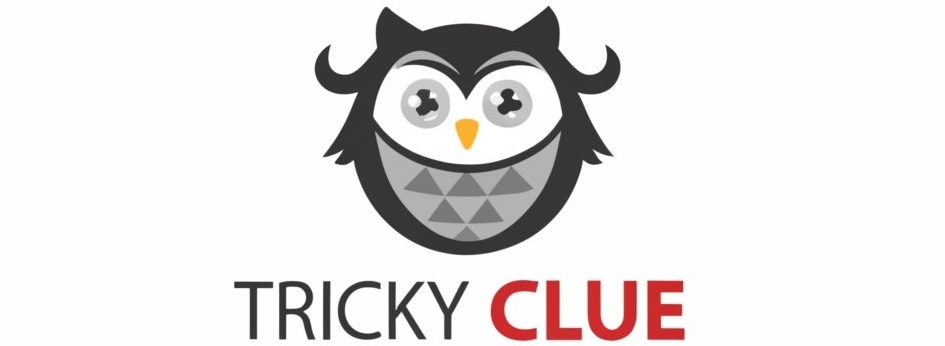Selecting the ideal pistol for your needs requires careful consideration of several key factors. Whether you’re a first-time buyer, a seasoned shooter, or someone interested in firearms for self-defense or recreational shooting, understanding your specific needs and the nuances of various handguns is crucial. Here we will discuss the process of selecting a pistol that aligns with your preferences, purpose, and proficiency level.
Understanding Your Purpose
The first step in selecting a pistol is to clearly define its intended use. Are you looking for a firearm for self-defense, target shooting, competitive shooting, or simply as a collectible? Each purpose demands different features. For instance, a self-defense pistol should be reliable, easy to use under stress, and of a suitable caliber, whereas a pistol for competitive shooting might prioritize accuracy and customization options.
Caliber Considerations
The caliber of a pistol is a critical factor in your decision. Common calibers include .22LR, 9mm, .40 S&W, and .45 ACP, each with its unique characteristics. A .22LR is often recommended for beginners due to its low recoil and affordability, making it ideal for practice and small game hunting. The 9mm is a popular choice for self-defense due to its balance of power and manageable recoil. In contrast, .40 S&W and .45 ACP offer more stopping power but with increased recoil, which might not be suitable for all shooters.
Size and Ergonomics
The size and feel of the pistol are crucial for comfort and effectiveness. Full-sized pistols are typically easier to shoot accurately but can be challenging to conceal. Compact and subcompact models, like the GLOCK G26, offer greater concealability at the expense of higher recoil and reduced accuracy over long distances. The pistol should feel comfortable in your hand, with controls that are easily accessible. If possible, handle various models to see which fits best.
Action Type
Pistols come in different action types: single-action (SA), double-action (DA), and striker-fired. Single-action pistols, such as the classic 1911, require the hammer to be manually cocked for the first shot and have a lighter trigger pull. Double-action pistols can be fired with the hammer down, leading to a heavier first trigger pull. Striker-fired pistols, like the Glock series, offer a consistent trigger pull for each shot and are known for their simplicity and reliability.
Reliability and Maintenance
A reliable pistol is non-negotiable, especially for self-defense. Research and read reviews to understand the reliability history of different models and brands. Maintenance is also a key factor. Some pistols are easier to clean and maintain than others. Consider your willingness and ability to perform regular maintenance when making your choice.
Budget and Accessories
Your budget will play a significant role in your decision. Remember to account for not just the cost of the pistol, but also accessories like holsters, extra magazines, sights, and the ongoing expense of ammunition.
Legal Considerations
Always be aware of the legal requirements and regulations in your area regarding firearm ownership. This includes understanding the process of purchasing a firearm, obtaining necessary permits or licenses, and knowing the laws related to carrying and using the pistol.
Conclusion:
Choosing the right pistol is a personal decision that should be made after thorough research and consideration of your specific needs and preferences. It’s advisable to consult with experienced shooters, read reviews, and, if possible, test fire different models before making a decision. Remember, the ideal pistol is one that feels right in your hands, meets your needs, and falls within your budget, all while adhering to local laws and regulations.
